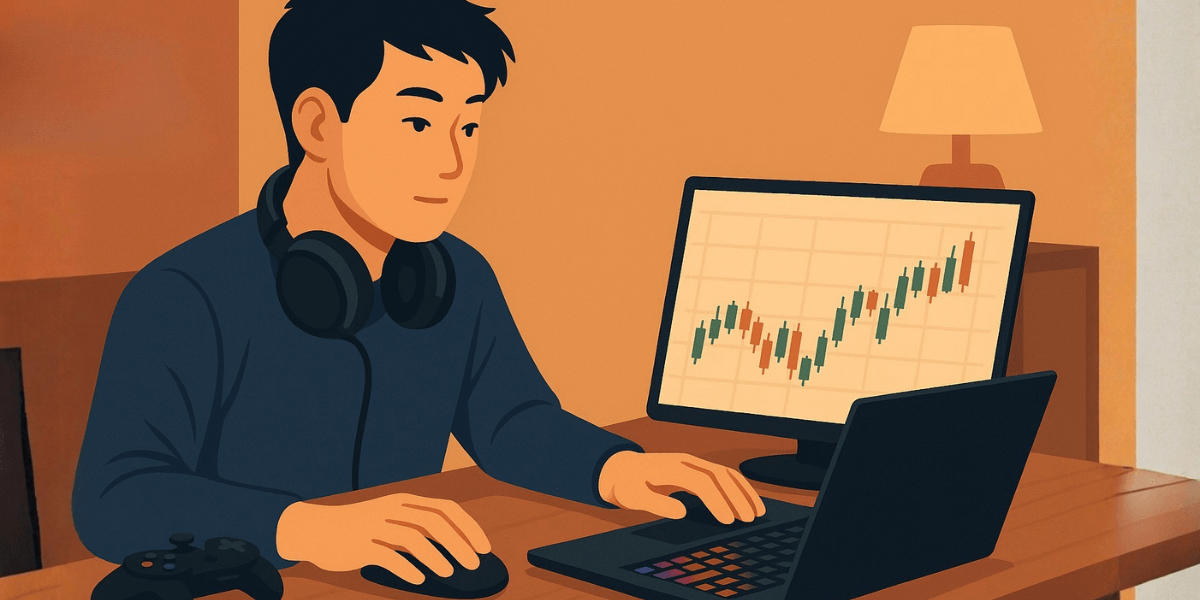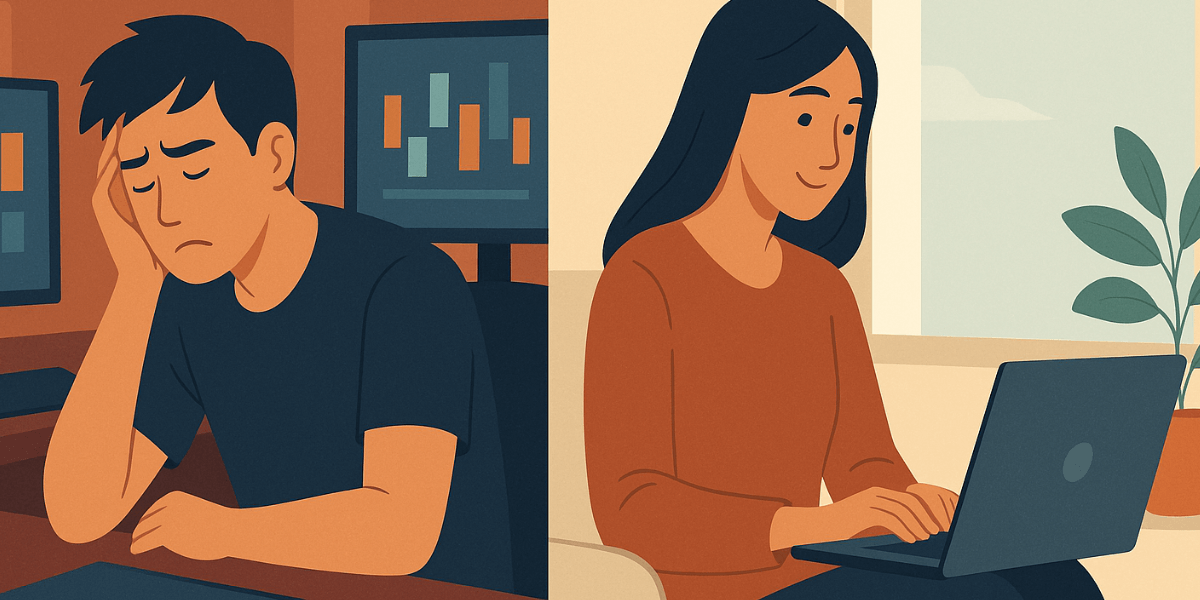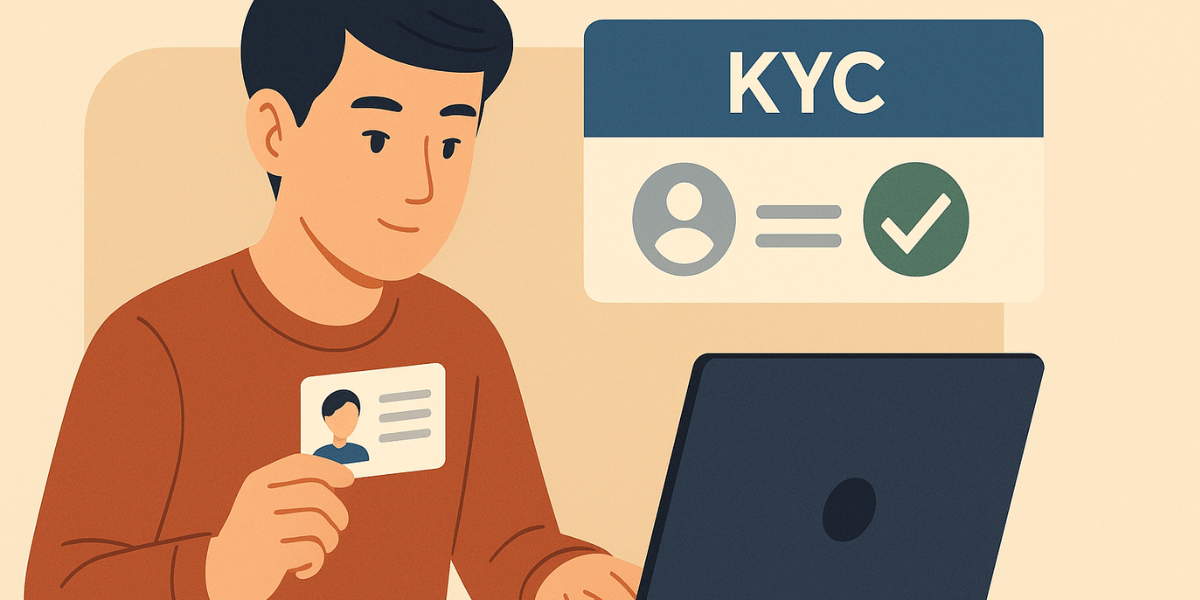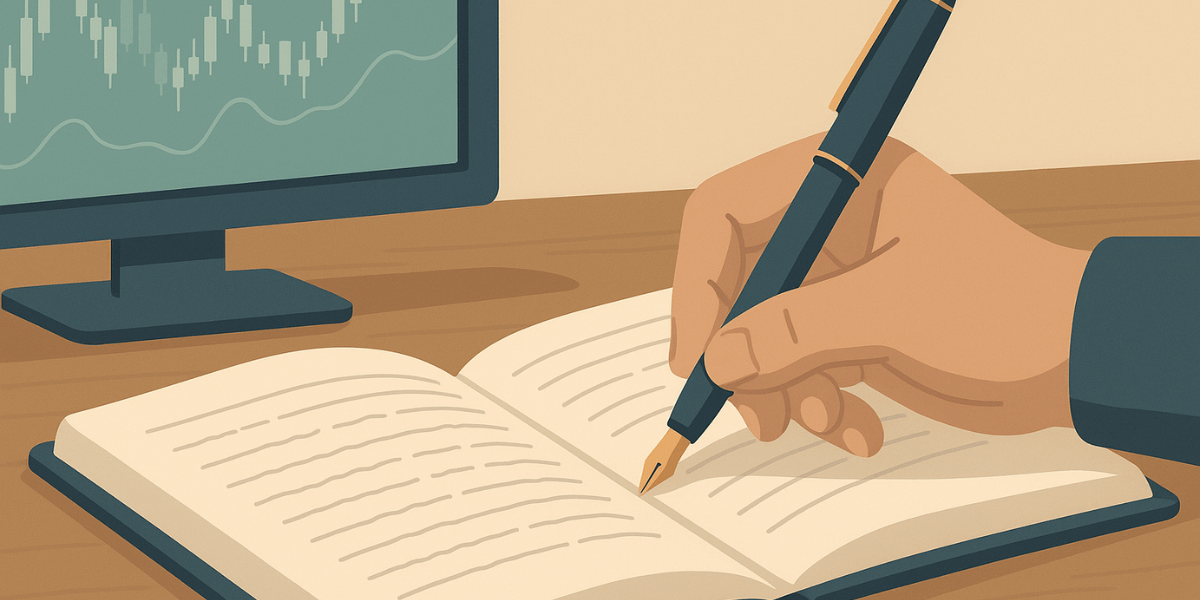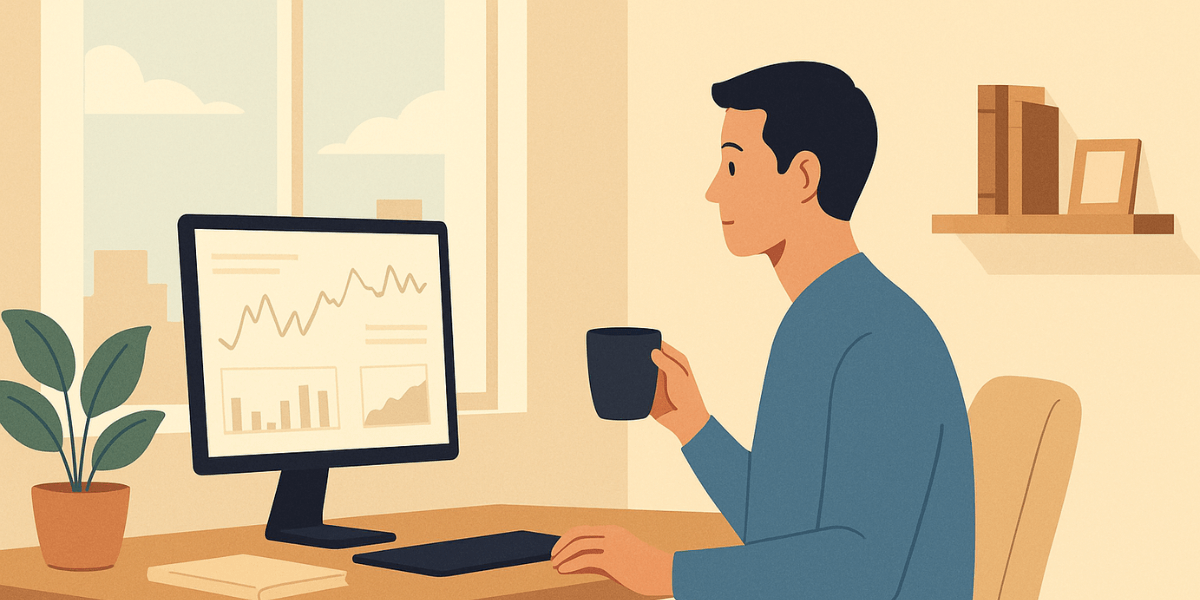At first glance, Forex trading appears to be a profession defined by mental sharpness and strategy. But beneath the surface of charts, algorithms, and risk management lies a physical reality that many traders overlook. Hours spent sitting in front of multiple monitors, maintaining intense concentration, and responding to fast-moving markets all take a toll on the body. This is where ergonomics — the science of optimizing one’s workspace for comfort and efficiency — becomes not just a luxury, but a necessity for long-term success.
Ergonomics is the foundation of sustainable trading performance. It is the invisible factor that determines whether a trader can maintain clarity, posture, and health over the years, or whether fatigue, pain, and distraction will slowly erode their edge. In the Forex world, where milliseconds and mental precision matter, a poorly designed trading setup can directly affect decision-making, emotional control, and profitability. This article explores the often-ignored connection between ergonomics and trading performance — and why designing the right workspace can make or break a trader’s career.
Most traders think of performance in terms of strategies, indicators, and psychology. Yet, every trade begins not with a thought, but with posture. The human body is the interface through which the brain interacts with the market. If that interface is strained, unbalanced, or fatigued, even the most skilled trader will struggle to stay sharp. A comfortable trader is a focused trader — and focus is the real currency in financial markets.
The average professional trader spends between six and twelve hours a day at their workstation. Over time, poor posture and inadequate equipment placement lead to chronic issues: shoulder tension, lower back pain, migraines, eye strain, and even nerve compression. These are not minor inconveniences; they are productivity killers. Ergonomics transforms the trading desk into a performance tool — one that supports mental agility, decision-making, and endurance.
When traders take ergonomics seriously, they start to experience subtle but powerful improvements: clearer focus, longer concentration spans, fewer distractions, and a calmer emotional state. The relationship between body comfort and cognitive sharpness is inseparable, and ignoring it is one of the most common mistakes in modern trading culture.
Why Ergonomics Is Crucial in Forex Trading
The Forex market never sleeps. It operates twenty-four hours a day across time zones — from Sydney to London to New York. Many traders attempt to follow these sessions, extending their screen time beyond what is sustainable. Without proper ergonomics, this constant immersion leads to both physical and psychological exhaustion.
Trading is an endurance activity. Just as athletes rely on proper form and recovery to perform consistently, traders must build physical resilience into their daily routines. Ergonomics is the trader’s version of training. A well-designed workspace ensures that each movement — from typing to scrolling to analyzing — happens with minimal strain. This reduces fatigue, lowers cortisol levels, and allows traders to stay focused during volatile market periods when mental clarity is most needed.
Table: Key Ergonomic Elements for Forex Traders
| Component | Ergonomic Recommendation |
|---|---|
| Chair | Adjustable height, lumbar support, seat depth control, breathable fabric |
| Desk | Height that allows elbows at 90 degrees; enough space for multiple monitors and peripherals |
| Monitors | Top of the screen at eye level, one arm’s length away, centered with minimal neck rotation |
| Keyboard & Mouse | Keep close to the body, wrists straight, elbows near the sides |
| Lighting | Soft, diffused light; avoid glare and reflections; prefer daylight LEDs |
| Posture | Straight back, feet flat on floor, regular micro-breaks every 45–60 minutes |
How Poor Ergonomics Affects Trader Performance
The effects of poor ergonomics are both physical and psychological. Physically, traders experience stiffness, muscle strain, and vision problems. Psychologically, discomfort breeds distraction. Pain becomes background noise that drains cognitive energy and emotional stability. Traders begin to overtrade, misinterpret charts, or take unnecessary risks — not because they lack skill, but because they’re fatigued.
One of the most underestimated consequences of poor ergonomics is emotional exhaustion. Trading requires emotional regulation, and discomfort amplifies stress. Over time, chronic tension leads to irritability, impulsive behavior, and decreased patience — the exact opposite of what a disciplined trader needs.
Designing an Ergonomic Trading Setup
Designing an ergonomic trading setup is less about spending money and more about optimizing alignment. The goal is to make every aspect of the workspace work with the body, not against it. Below are the key elements that should guide every trader’s setup design.
1. The Chair: Your Most Important Investment
A trader’s chair is equivalent to a pilot’s cockpit seat — it supports every action and reaction. The chair should have adjustable height, backrest tilt, and lumbar support. The feet must rest flat on the floor, with knees at a 90-degree angle. Avoid chairs with rigid backs or shallow seats; they force unnatural postures that cause spinal compression. Consider a breathable mesh back and a headrest to maintain comfort during long sessions.
2. Desk and Monitor Configuration
The desk height determines posture more than most realize. Elbows should form a right angle when typing or using the mouse. The desk should allow for the forearms to rest comfortably without raising the shoulders. Monitors, meanwhile, must align with eye level. Looking too high strains the neck; too low, and it encourages slouching. For multi-monitor setups, align screens in a gentle curve so the trader can glance across them with minimal head movement.
3. Keyboard and Mouse Placement
Every keystroke and mouse movement adds up over thousands of repetitions. The keyboard and mouse should sit close to the body to prevent reaching. Keep wrists neutral, not bent upward. Consider wrist rests or ergonomic keyboards that reduce ulnar deviation. A vertical mouse can prevent repetitive strain injuries, particularly for traders who click frequently when scalping or managing multiple positions.
4. Lighting and Environment
Lighting influences not only visibility but also mood and focus. A well-lit workspace reduces eye strain and mental fatigue. Avoid harsh overhead lights and rely instead on soft, indirect illumination. Position the trading desk perpendicular to the windows to minimize glare. During night sessions, use warm lighting to avoid blue light exposure, which disrupts melatonin and sleep quality.
5. Movement and Micro-Breaks
Even the best ergonomic design fails if the trader remains motionless for hours. The body needs movement. Short breaks every hour allow muscles to reset, promote circulation, and refresh mental energy. Stretching the neck, shoulders, and legs for just two minutes can dramatically improve concentration. Many traders now use sit-stand desks, allowing them to alternate positions and maintain energy throughout the day.
Ergonomics and Mental Health in Trading
Forex trading is not only physically demanding but mentally relentless. The combination of screen exposure, decision-making pressure, and financial risk can cause chronic stress. Ergonomics helps mitigate this stress by creating a workspace that feels stable, supportive, and predictable. The absence of physical discomfort frees the mind to focus entirely on analysis, pattern recognition, and risk assessment.
When ergonomics are ignored, stress compounds. Muscle tension becomes mental tension. Poor posture affects breathing, reducing oxygen flow and triggering fatigue. Over time, this can lead to burnout or even cognitive decline. A structured environment — one designed with the trader’s well-being in mind — becomes a form of mental armor against market volatility.
Advanced Ergonomic Strategies for Professional Traders
Professional traders who manage multiple accounts or trade institutionally often take ergonomics to the next level. Advanced setups include monitor arms to adjust screen height dynamically, under-desk keyboard trays, anti-glare filters, and footrests that promote balanced posture. Some traders invest in ergonomic mats to reduce leg fatigue when standing for long periods.
Beyond hardware, sound ergonomics also involves environmental awareness. Room temperature, background noise, and air quality all affect concentration. Studies show that slightly cooler rooms (around 21–22°C) enhance alertness, while cluttered spaces increase cortisol levels. Simplicity and cleanliness are not aesthetic choices — they are cognitive performance tools.
The Connection Between Ergonomics and Productivity
Good ergonomics translates directly into better trading performance. When the body is relaxed, reaction time improves, and decision fatigue decreases. Traders who feel physically at ease are less likely to chase trades, misclick, or panic during market swings. The clarity gained from a comfortable setup compounds over time, much like interest on capital. Small daily improvements in comfort lead to significant long-term performance gains.
In short, ergonomics is not about luxury — it is about leverage. The same way leverage amplifies returns, ergonomics amplifies focus and endurance. A trader with proper posture and lighting can maintain composure through high-stress sessions that might mentally break someone else.
Building a Long-Term Ergonomic Routine
Ergonomics is not a one-time fix but an evolving routine. As traders’ strategies and lifestyles change, their workstations must adapt. Regular self-checks help maintain optimal posture and comfort. Traders should ask themselves weekly questions: Am I sitting upright? Do my shoulders feel tense? Is my screen too bright? Small adjustments prevent long-term injuries and keep performance consistent.
Another part of ergonomic discipline is recovery. Traders should include light exercise in their daily schedule — even brief walks, stretching, or yoga between sessions. This maintains flexibility and prevents muscle stiffness. Nutrition and hydration also play a subtle but vital role in ergonomics, as dehydration and poor diet can intensify fatigue and reduce focus.
Conclusion
Ergonomics is not just a matter of comfort — it is a critical foundation of sustainable performance in Forex trading. Every decision made at the trading desk originates from the mind, but the quality of that decision depends heavily on the state of the body supporting it. A stiff neck, aching back, or fatigued eyes might seem like minor inconveniences in the short term, but over weeks and months, they silently erode focus, reaction time, and discipline. In a profession that demands clarity, patience, and endurance, these small physical inefficiencies can accumulate into significant performance losses.
What makes ergonomics especially vital in Forex trading is the nature of the work itself. Traders must remain alert for hours, monitor multiple screens, and react to fast-moving market conditions that can change within seconds. This constant cognitive engagement places a heavy load on the body, even if the activity appears sedentary. Unlike physical labor, the strain of trading is internal — tension held in the shoulders, shallow breathing caused by stress, or mental fatigue from prolonged screen exposure. Without ergonomic awareness, these invisible pressures accumulate into burnout, both physical and psychological.
Proper ergonomics creates a bridge between physical health and mental sharpness. When posture supports breathing, when lighting reduces eye strain, and when every movement is efficient and natural, the brain is free to focus entirely on analysis and execution. The difference between a distracted trader and a composed one often lies not in skill but in setup. A well-designed workspace supports emotional control and decision accuracy by minimizing the body’s stress signals. In essence, ergonomics becomes a form of discipline — a physical extension of trading psychology.
Another crucial benefit of ergonomics lies in its long-term impact. The most successful traders are those who treat their craft as a marathon, not a sprint. They understand that maintaining performance over the years requires not only intellectual adaptability but also physical sustainability. A trader who invests early in a supportive chair, correct monitor placement, and proper lighting is investing in their future capacity to trade without pain or fatigue. This is why institutional trading floors and professional firms place strong emphasis on workstation design — because they know that small details in physical setup can translate into sharper decisions and fewer errors.
Moreover, ergonomics encourages balance, which many traders lose once they fully immerse themselves in the markets. Long sessions, night trading, and irregular routines often push the body into unhealthy cycles of tension and exhaustion. An ergonomic mindset reminds traders to take breaks, stretch, and respect their body’s limits. This isn’t a distraction from trading — it’s an optimization strategy. The human brain functions best when supported by a relaxed, well-aligned body. By prioritizing movement and recovery, traders sustain the energy and clarity necessary to perform at their best, day after day.
In practical terms, adopting ergonomics is not about luxury or expensive equipment. It begins with awareness. Are your screens at eye level? Are your shoulders tense? Is your chair supporting your lower back properly? These small observations lead to actionable changes that can transform not just comfort, but also performance. The goal is to make trading physically effortless so that all cognitive resources are directed toward analysis, risk management, and execution — the true pillars of profitability.
Ultimately, the connection between ergonomics and trading success is a reflection of a deeper truth: the body and mind are inseparable tools of performance. A trader who neglects one inevitably weakens the other. By cultivating a workspace that promotes alignment, movement, and focus, traders don’t just avoid pain — they build resilience. In an environment as volatile and competitive as Forex, resilience is perhaps the most valuable asset of all.
Frequently Asked Questions
Why does ergonomics matter for Forex traders?
Ergonomics prevents fatigue, pain, and long-term injury while improving focus and reaction time — essential qualities for profitable trading performance.
What’s the ideal sitting posture for trading?
Sit upright with your back supported, shoulders relaxed, feet flat on the floor, and your monitor at eye level to prevent strain.
How can I reduce eye strain during trading sessions?
Use adequate lighting, adjust screen brightness, follow the 20-20-20 rule (every 20 minutes, look 20 feet away for 20 seconds), and consider blue light filters.
Is an ergonomic setup expensive?
Not necessarily. Small changes — like monitor height adjustments, a better chair, and proper lighting — can dramatically improve comfort and performance without high costs.
Can ergonomics improve trading results?
Yes. When traders are physically comfortable, their concentration, discipline, and decision-making improve, directly enhancing overall trading performance.
Note: Any opinions expressed in this article are not to be considered investment advice and are solely those of the authors. Singapore Forex Club is not responsible for any financial decisions based on this article's contents. Readers may use this data for information and educational purposes only.


